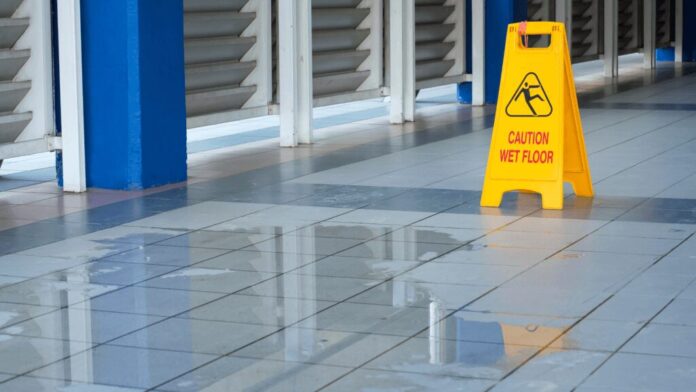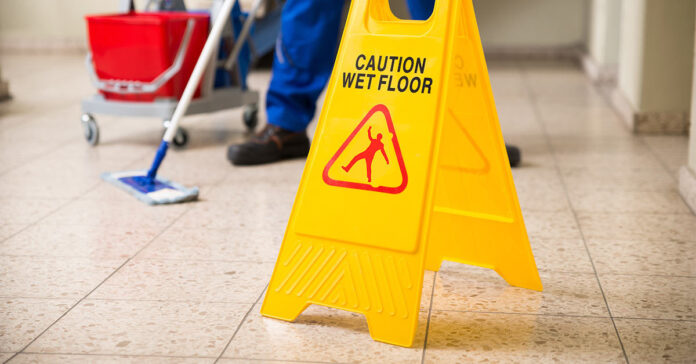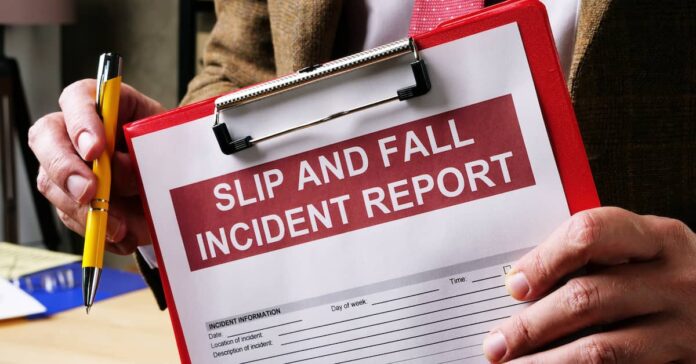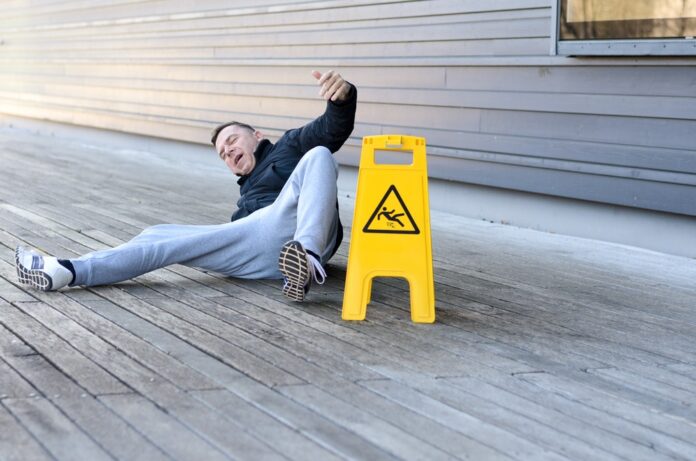Navigating the complex world of personal injury law, one often encounters ‘slip and fall’ cases, a colloquial term for incidents where individuals suffer harm due to hazardous conditions on someone else’s property. This article unfolds the intricacies involved in these situations, focusing on both the responsibilities of property owners and the potential culpability of the injured party.
It also offers guidance on how to assemble a robust case should you find yourself in such unfortunate circumstances. So, let’s delve deep into the labyrinth of liability.
Duty of Care: Property Owner’s Responsibility

Understanding the scope of a property owner’s duty of care is pivotal. It refers to their moral and legal obligation to ensure the safety of individuals present on their property. Property owners, both private and public, must ensure their premises are safe from hazards that could result in harm or injury. This duty extends to foreseeable hazards, meaning those a reasonable person should be aware of given the circumstances. Should you find yourself in this kind of trouble, Boca Raton Slip and Fall Lawyer is there for all of your needs towards compensation.
Despite the seemingly comprehensive nature of the duty of care, it is not limitless. Its boundaries extend only to the property’s visitors – either invitees or licensees. An invitee enters the premises for the benefit of the property owner, such as a customer in a shop. A licensee is present for their reasons, like a social guest. But the obligation doesn’t apply to trespassers, barring a few exceptions, such as when the trespasser is a child, or the property owner deliberately sets a trap.
Identifying Hazards and Dangerous Conditions
When it comes to hazard identification, it’s essential to note that not all risky conditions constitute negligence on the property owner’s part. The owner is legally accountable for conditions that are reasonably foreseeable and preventable. These could be a wet floor, a faulty staircase, inadequate lighting leading to obscured vision, or even an unexpected step-down. It is the property owner’s responsibility to timely identify and rectify such conditions.
Secondly, the property owner’s knowledge of the hazard plays a crucial role in determining liability. In essence, the owner must have been aware of the dangerous condition or should have known about it through reasonable care. If the hazardous condition existed for a length of time that a reasonable person would have rectified it, the owner may be held liable for failing to do so.
Importance of Maintenance and Inspections

Maintenance and inspections serve as the front line of defense against potential slip and fall incidents. Regular checks ensure that the property is free from any hazards. A comprehensive maintenance routine not only prevents accidents but also supports the property owner’s claim of exercising reasonable care.
However, an effective inspection process isn’t just about frequency, it’s about thoroughness. Partial or ineffective inspections can allow hazards to persist, eventually leading to slip and fall incidents. Thus, property owners should ensure that their inspections are not only regular but also comprehensive, involving every part of the premises where visitors might venture.
Negligence and Proving Fault
At the core of every slip and fall case is the principle of negligence. This is the failure to exercise reasonable care, leading to harm or injury. If a property owner neglects the duty of care, it could result in a hazardous condition, which then causes an accident. To establish negligence, it is crucial to show that the owner knew or should have known about the hazard, but failed to address it appropriately.
Yet, establishing negligence is only part of the battle. One must also prove that this negligence directly resulted in the accident and subsequent injury. This causation aspect is a critical part of proving fault. In legal terms, this means showing that “but for” the defendant’s negligence, the incident would not have occurred. Demonstrating this link often requires evidence and, in some cases, expert testimony.
Comparative Negligence: Plaintiff’s Responsibility

While property owners bear the burden of ensuring safety, visitors too share a level of responsibility. This concept, known as comparative negligence, refers to situations where the injured party may have contributed to their accident. In such cases, the total compensation awarded may be reduced proportionately.
For instance, if a court determines that the plaintiff was 20% responsible for their accident – perhaps they were texting while walking – their potential award would be reduced by that percentage. Thus, plaintiffs should be prepared to defend against any assertions that they may have contributed to their injury.
Types of Slip and Fall Injuries
The consequences of slip and fall incidents are as varied as their causes. Some victims might escape with minor scrapes and bruises, while others could suffer serious injuries, like fractures or concussions. Severe incidents may even lead to long-term complications such as spinal damage, traumatic brain injuries, or in the worst cases, fatalities.
Although the physical impact is most apparent, it’s crucial to consider the psychological effects too. A significant fall can lead to anxiety, post-traumatic stress disorder, or fear of similar situations, all of which can significantly diminish a person’s quality of life. Therefore, it is essential to seek prompt medical attention after a fall, regardless of the perceived severity.
Gathering Evidence and Documentation

To build a strong slip-and-fall case, evidence collection is paramount. Documentation should begin immediately following the incident. If possible, the victim or a trusted individual should take photographs of the scene, showing the hazardous condition that caused the fall. It’s also prudent to note any other relevant details such as weather conditions, time of day, or any eyewitnesses present.
The other essential part of your documentation is the medical records. These serve as concrete evidence of the injuries sustained due to the incident. Medical records provide an objective basis for the claims of injury and can be instrumental in calculating potential compensation. They provide clear, professional testimony to the injuries sustained, their severity, and the impact they have on your life.
Witnesses and Their Role in Proving Liability
Witness testimony can serve as a powerful tool in any legal proceeding, including slip and fall cases. Eyewitnesses can provide an impartial account of the incident, offering valuable support to the victim’s version of events. They can describe the hazardous condition, the victim’s behavior before the fall, and the immediate aftermath.
On the other hand, expert witnesses, such as safety professionals or medical experts, can offer insightful perspectives based on their specialized knowledge. A safety expert can opine on whether the property owner fulfilled their duty of care, while a medical expert can explain the nature and severity of the injuries, linking them directly to the fall.
Final Thoughts on Slip and Fall Liability

The labyrinth of liability in slip-and-fall cases is intricate and filled with potential pitfalls. However, understanding the key concepts involved, such as the duty of care, negligence, and comparative negligence, can provide crucial clarity. Remember, it’s not just about understanding the owner’s responsibility, but also about recognizing your own role in maintaining personal safety.









